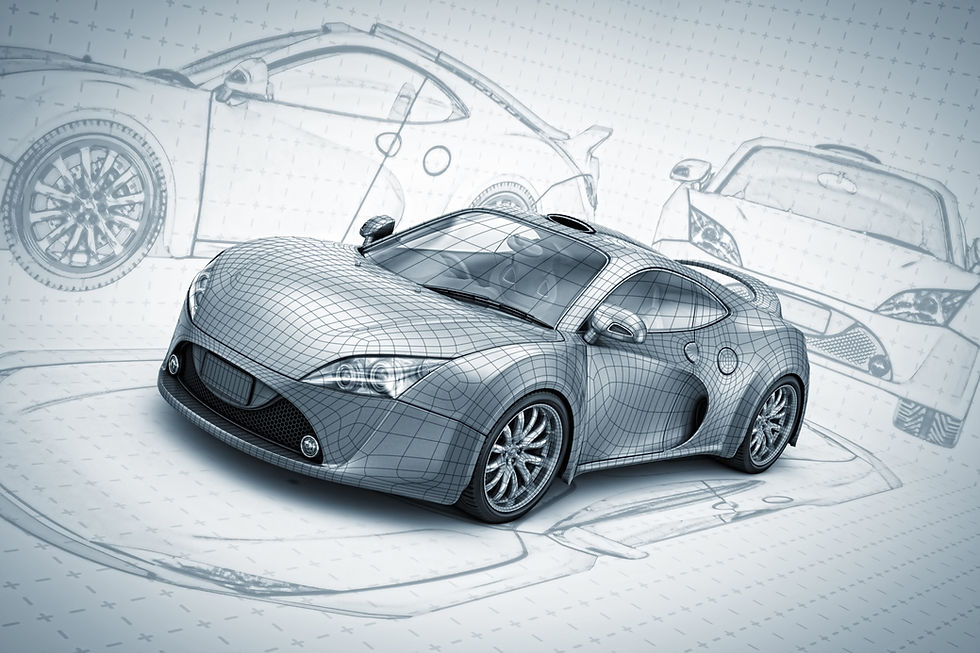Riding China's Surging Electric Vehicle Wave: How Automakers Can Secure Success in the World's Largest Emerging EV Marketplace
- Warren H. Lau
- Feb 18, 2024
- 3 min read
Updated: Jan 14

China has experienced unprecedented growth in the electric vehicle market in recent years. Between 2020 and 2021 alone, EV sales in the country skyrocketed from 1.25 million units to 3.52 million units according to the China Association of Automobile Manufacturers. This dramatic increase was driven by strong government support for sustainable transport and growing consumer demand for electric models that addressed range anxiety issues holding buyers back previously.
Incentive schemes like purchase subsidies played a major role in widening EV adoption nationwide. The central government launched a plan in 2020 providing direct subsidies of up to 25,000 RMB (around $3,500 USD at the time) per vehicle purchased. Coupled with local government grants, total buyer incentives could equal the full cost of an entry-level EV model. These subsidies succeeded in raising EV penetration from just 5% of total auto sales in 2018 to over 10% by 2021.
Another critical support factor was ongoing improvements to charging networks. In the early 2010s, a lack of infrastructure made EVs impractical for all but the most localized trips. However, concerted infrastructure building efforts have led to over 3 million public charging points nationwide currently. Charging speed standards have also advanced, with some fast chargers now replenishing 80% battery capacity within 30 minutes. Adequate infrastructure eased range anxiety and drove additional vehicle purchases.
Established brands like Tesla, BYD and NIO captured significant EV market shares with compelling designs addressing many consumer concerns. Tesla became China's leading luxury EV vendor, renowned for its advanced Autopilot driver assistance systems. BYD led mass-market offerings with affordable plug-in hybrids and EVs based on its renowned battery technology. NIO also capitalized on its upscale electric SUVs and innovative battery-swap business model offering rapid refueling.
Meanwhile, legacy automakers like SAIC and Great Wall Motor strengthened their EV portfolios with competitive domestic models. SAIC launched new Roewe and Maxus EV lines appealing to mass buyers, while Great Wall debuted the affordable Ora brand. These traditional automakers aimed to leverage their established dealership networks to gain ground in electric mobility.
Foreign nameplates amplified their China EV presence through joint ventures and localized production strategies. General Motors linked with SAIC-GM-Wuling to roll out a popular micro EV. Ford pumped $11.4 billion into electric development with partner Changan Auto. These alliances allowed global giants to benefit from China's vast auto manufacturing expertise and comply with domestic ownership policies.
Looking ahead, many experts forecast China's EV market will surge past 30% total new vehicle market share within the next five years. Continued regulatory pushes like gradually phasing out fossil-fuel vehicles in urban areas promise to push adoption higher. In addition, younger Chinese consumers coming of driving age demonstrate strong preferences toward EVs and connected vehicles compared to older generations.
Technology giants have also thrown their hats in the EV ring. Baidu debuted the electric Apollo GO SUV and partners with Zhejiang Geely Holding Group for future models. Alibaba's auto affiliate has teased plans for an AR HUD system in future electric cars. Their deep expertise in AI, connectivity and autonomous vehicles may add software layers compelling many new buyers to switch from combustion engines.
Overall, China's commitment to green mobility and digital transportation presents a massive opportunity for both domestic and global automakers. By investing in localized EV manufacturing, R&D centers, battery supply chains and charging networks within the country, brands can participate in what analysts forecast may account for over 25% of worldwide EV sales by 2030. Only by fully embracing this rising electrified future will automotive companies succeed in China's rapidly evolving market.
.png)







コメント